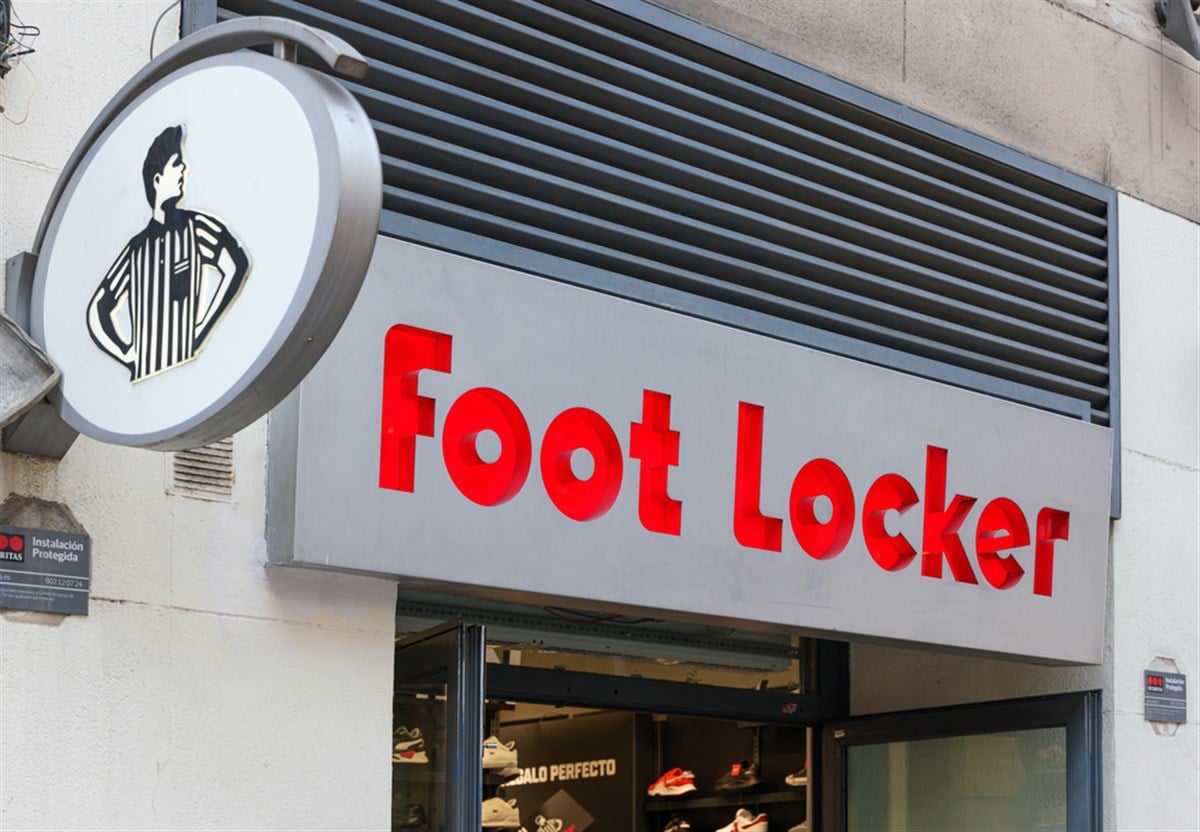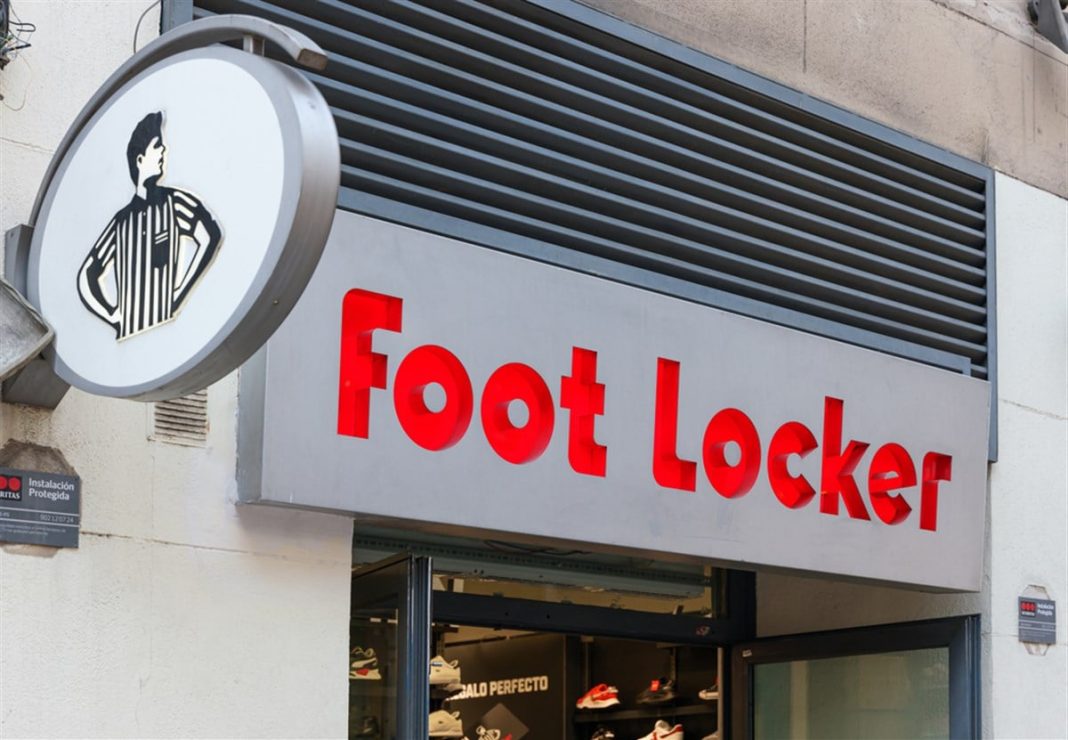
Foot Locker (NYSE: FL), a well-respected name in the footwear industry, faces significant changes in a turbulent market. Recent ripples in the market, notably a downgrade by Goldman Sachs (NYSE: GS), have thrust this retail giant into a phase of adaptation and strategic recalibration. As Foot Locker navigates these uncharted waters, it becomes imperative to examine its foundational strengths, recent setbacks, and the robust strategies being deployed. Let’s peel back the layers to understand Foot Locker’s strategy to combat market turbulence.
Understanding Foot Locker’s business terrain
Established in 1974, Foot Locker has grown into a global entity spanning 28 countries with over 880 stores, serving athletic footwear and apparel enthusiasts. Yet, despite a modest revenue growth of $8.1 billion in 2022 and a marginal 0.9% upsurge in comparable sales, Foot Locker grapples with constrained margins. Foot Locker’s gross and operating margins are currently at 37.4% and 4.4%, respectively. These figures underscore the company’s struggle in a competitive sphere dictated by shifting consumer trends and intensified rivalries.
Key drivers of the downgrade
Goldman Sachs’ downgrade echoes palpable concerns. The ongoing metamorphosis of the Champs Sports brand raises apprehensions about its potential impact on Foot Locker’s sales trajectory. Simultaneously, fluctuations in Nike’s (NYSE: NKE) product allocations pose hurdles in securing a stable market share, casting shadows of uncertainty over sustained growth prospects.
This downgrade signifies prevailing apprehensions concerning Foot Locker’s valuation, indicating tangible downside risks in a volatile market climate. These factors collectively cast a shadow over the company’s financial stability and investor confidence.
Strategic trajectory for Foot Locker
Foot Locker’s approach to tackling these challenges involves looking at the big picture. Efforts to strengthen their online and in-store experiences face obstacles in making them work together smoothly. Efficiently handling orders that span different shopping methods runs into problems with quick and accurate processing, on-time delivery, and fixing order tracking issues. Managing inventory well across all their sales channels is also tough, leading to times when popular items run out and less popular ones pile up.
Diversifying product assortment
Expansion beyond footwear into apparel and accessories encounters hurdles in the face of intensified competition from specialized retailers. Foot Locker’s ambition to broaden its product range grapples with sourcing and merchandising challenges, complicating differentiation and customer attraction.
Foot Locker’s efforts to foster deeper customer engagement through its loyalty program stumble upon complexities. The program’s complexity and irrelevant rewards have received criticism, impacting its resonance with the intended customer base.
In-depth analysis of emerging technologies
AI’s potential to personalize customer interactions by analyzing preferences and providing tailored recommendations stands as a pivotal avenue for Foot Locker. Implementing AI-driven inventory management could alleviate stock issues, bolstering profitability.
AR’s integration for enhancing in-store experiences and supporting omnichannel shopping could uplift Foot Locker’s engagement metrics and improve the overall shopping journey.
Foot Locker has grappled with the seamless integration of physical and online experiences, resulting in inconsistencies that impede customer experiences across channels. Fulfilling omnichannel orders efficiently has proven challenging, leading to delays and inventory mismanagement issues. Efforts to expand product assortments face competitive pressures and market saturation, necessitating strategic differentiation strategies and enhanced sourcing capabilities.
Competitive landscape
Foot Locker contends with retail sector titans like Nike (NYSE: NKE), adidas (OTCMKTS: ADDY), Finish Line (NASDAQ: FINL), JD Sports (OTCMKTS: JDSPY), and DICK’S Sporting Goods (NYSE: DKS). Each giant deploys distinct strategies and cutting-edge technology, setting a high bar for Foot Locker to match.
Nike and adidas, colossal forces in the market, not only supply Foot Locker but also fiercely compete. Nike’s global presence spans physical stores and an immersive online realm, shaping trends through robust omnichannel strategies and innovative product launches. Meanwhile, adidas focuses on lifestyle and athletic markets, emphasizing sustainability and direct consumer interactions, setting a challenge for Foot Locker to emulate.
Finish Line, JD Sports, and DICK’S Sporting Goods, while diverse in approach, present formidable competition. Finish Line emphasizes exclusive partnerships and customer engagement, while JD Sports, with its streetwear edge, expands aggressively in the U.S. market. DICK’S Sporting Goods, renowned for comprehensive sports gear, diversifies its footwear segment, carving a niche.
These industry leaders excel in omnichannel retailing, harmonizing in-store and online experiences seamlessly. Their widened product ranges—from footwear to lifestyle and accessories—resonate with evolving consumer preferences. Additionally, robust loyalty programs foster deeper connections and offer personalized experiences.
Foot Locker’s challenge lies in transcending this competitive landscape by innovating with purpose. Aligning omnichannel strategies, expanding product assortments judiciously, and revitalizing loyalty programs are pivotal. To thrive among these industry giants, Foot Locker must recalibrate, carving a niche by seamlessly integrating strategies that deeply resonate with consumers in this ever-evolving retail realm.
Foot Locker’s strategic sole-searching
Foot Locker’s journey amid challenges and a substantial downgrade underscores inherent market volatility. The company’s proactive efforts to revamp strategies, integrate technologies, and execute innovative approaches to indicate potential resilience. Investors scrutinizing Foot Locker must weigh its adaptability, historical success, and strategic initiatives against transient market upheavals. Foot Locker’s adaptability to market shifts presents an intriguing investment prospect for those embracing a long-term vision contingent upon the company’s successful execution of revitalization strategies amidst fierce competition and technological advancements.




